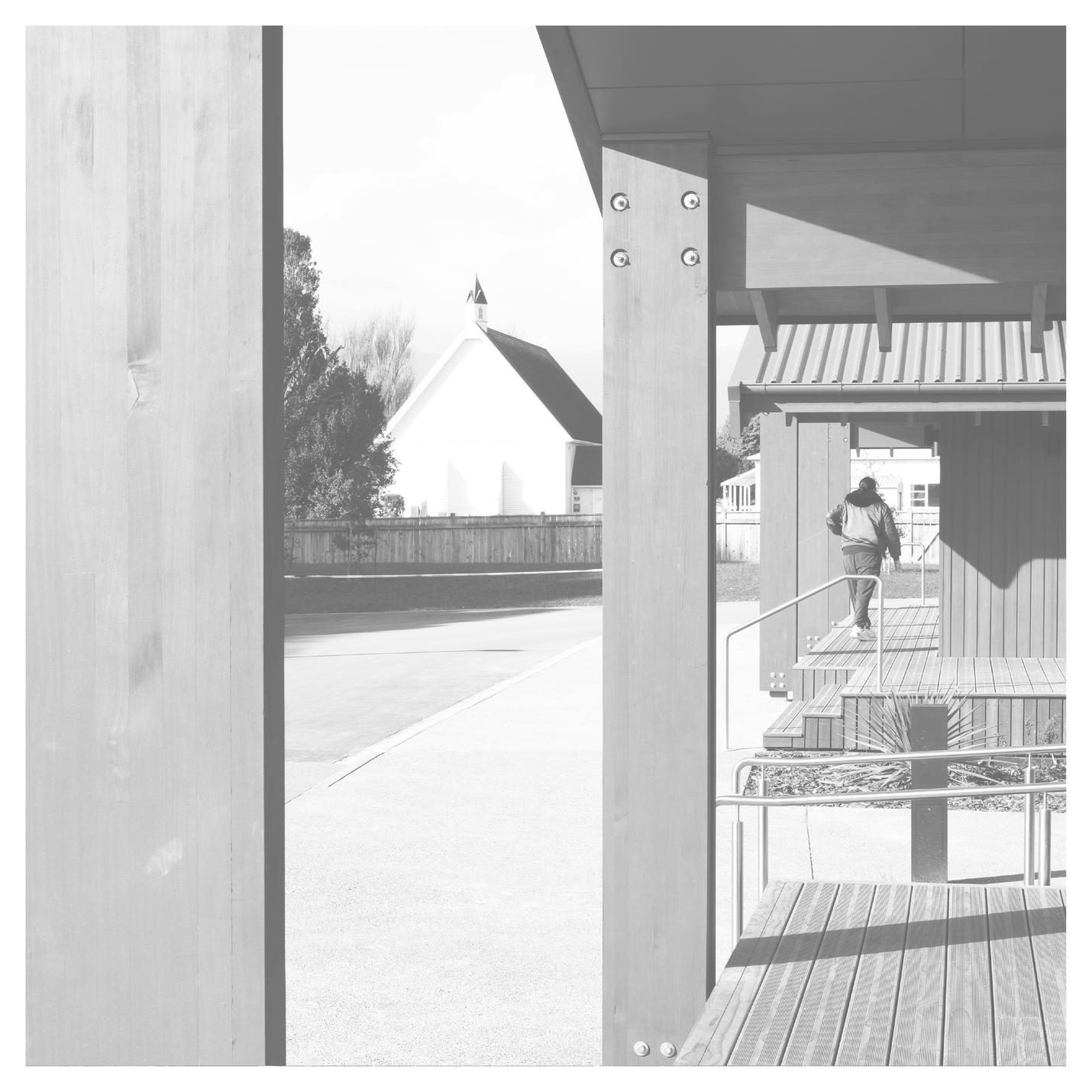The Materials Petal of the Living Building Challenge stresses the importance of sustainable and non-toxic material choices in our projects. As architects, we have the opportunity to make a positive impact by selecting materials that promote environmental health, resource efficiency, and social responsibility.
One significant consideration within the Materials Petal is the use of locally sourced materials. LBC prioritises materials obtained from nearby regions, we reduce the carbon footprint associated with transportation and support local economies. Additionally, the use of recycled and upcycled materials helps minimize waste and promotes a circular economy. A notable innovation in sustainable construction is the utilization of mass timber. Mass timber, such as cross-laminated timber (CLT) as well as Glulam and LVL, offers numerous benefits. It is a renewable resource, sequesters carbon, and provides excellent structural performance. The use of mass timber can reduce construction timelines, as it is prefabricated and can be assembled efficiently on-site, resulting in less disruption to the surrounding environment.
To ensure the health and well-being of occupants, it is crucial to consider the toxicity of materials. We select materials with very low or no volatile organic compounds (VOCs) and hazardous chemicals. Certifications such as Declare provide guidance in choosing materials that are safe for both humans and the environment. Another essential aspect of the Materials Petal is promoting responsible material sourcing. We are urged to prioritize materials certified by organizations like the Forest Stewardship Council (FSC) that ensure sustainable forestry practices. By these measures we support responsible forest management and contribute to the conservation of biodiversity. The Materials Petal also encourages architects to explore innovative materials and construction methods. By embracing emerging technologies and sustainable alternatives, such as biodegradable or bio-based materials, we can drive positive change in the industry and inspire others to follow suit.
The Materials Petal of the Living Building Challenge empowers us, as architects, to select materials that prioritize sustainability, health, and social responsibility. By incorporating locally sourced materials, embracing mass timber construction, considering material toxicity, promoting responsible sourcing, and exploring innovative alternatives, we can create buildings that harmonize with the environment, support human well-being, and contribute to a more sustainable future.
